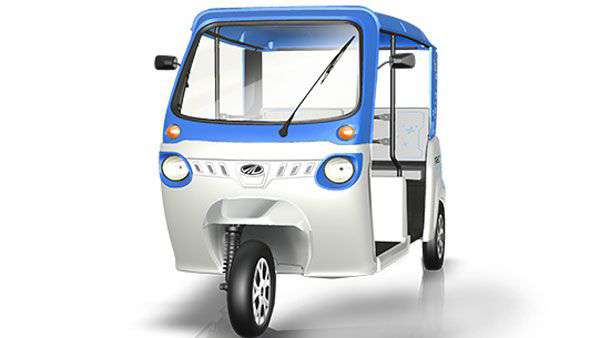power tariff for e-vehicle charging stations

Level 1 charging (110–120 V) can be a good fit for many workplace charging programs. For electric vehicles typically purchased by most employees, Level 1 charging often has sufficient power to fully restore vehicle driving range during work hours. Chandigarh has the highest density of vehicles in India with around 12 lakh registered vehicles, including both two-wheelers and four-wheelers. The number of vehicles per house on an average is two and has led to a sharp deterioration in quality of air. The UT electricity department in its power tariff petition submitted before the Joint Electricity Regulatory Commission (JERC) has proposed a power tariff plan for electric vehicle charging stations, The department has proposed charging Rs 5 per unit in the slab of 0-150 units; Rs 5.30 and Rs 5.60 per unit in 151-400 units and above 400 units, respectively. The power tariff proposed for electric vehicle charging stations are higher as compared to domestic category, but equiva





